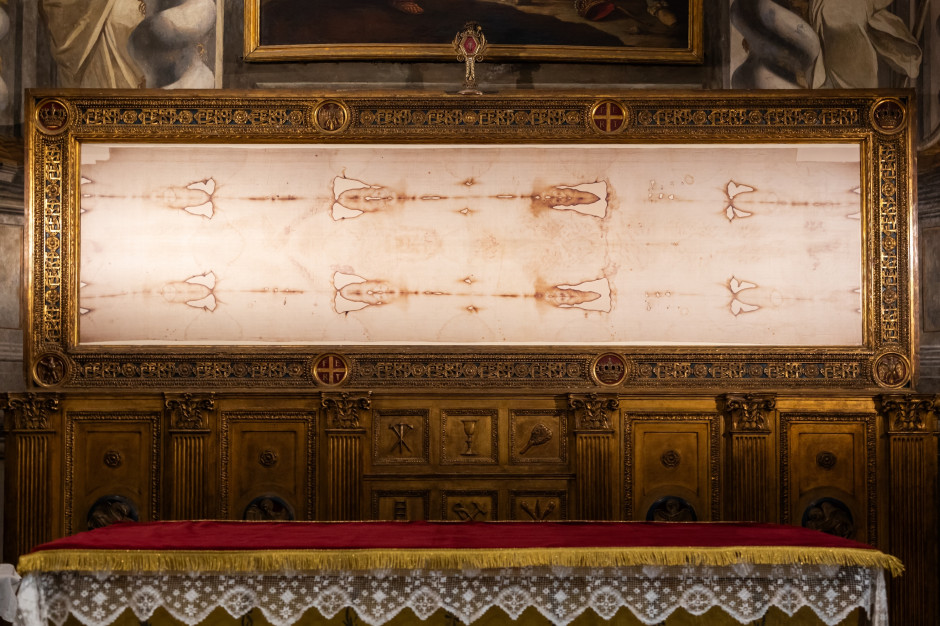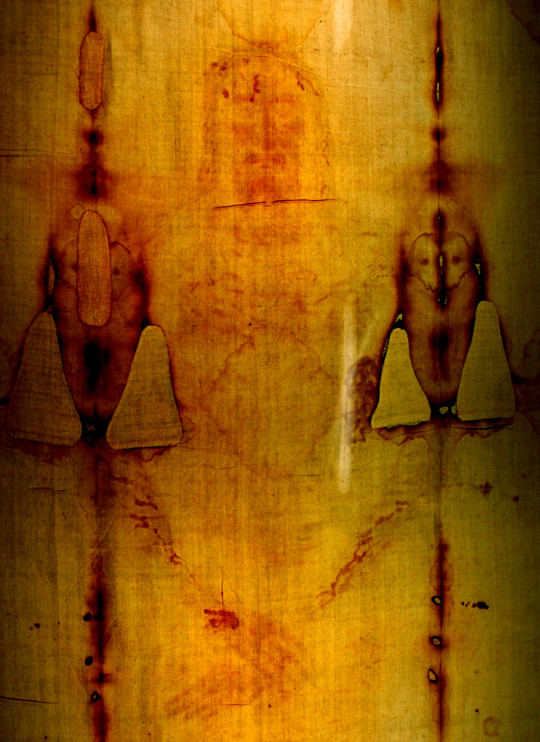Is the Shroud of Turin a Grand Hoax? This 3D Artist Makes a Bold Claim

Does the image on the Shroud of Turin truly represent the body of Jesus, or is it a work of art? The Brazilian designer claims the image on the fabric did not come into contact with a real body.
Is one of Christianity's most mysterious artifacts... an artistic illusion? Brazilian 3D designer and researcher Cícero Moraes decided to tackle the legend of the Shroud of Turin . He claims that the image visible on the cloth does not represent a real person at all, but is a work of art —perhaps printed from a bas-relief or even painted onto the fabric. To prove this, he reconstructed both possible scenarios using free software.
 A copy of the Shroud of Turin in the Church of St. Dominic, Turin / Shutterstock
A copy of the Shroud of Turin in the Church of St. Dominic, Turin / ShutterstockThe Shroud of Turin is a linen cloth measuring approximately 4.4 x 1.1 m, depicting a man with long hair and a beard. Believed by many to have been the covering of Jesus after his crucifixion , it was first officially documented in 1354 in France. Currently kept in Turin , it remains the subject of ongoing controversy.
While some Christians regard it as an authentic relic, skeptics have questioned its origins for years. Some radiocarbon dating indicates that the cloth was created in the Middle Ages. Other analyses place it closer to the first century AD. And although the Catholic Church has never officially confirmed the Shroud's authenticity , there are many theories that it is the sacred cloth from Christ's tomb .
 The Shroud of Turin / Lyn Alweis/The Denver Post / Getty Images
The Shroud of Turin / Lyn Alweis/The Denver Post / Getty ImagesIn October 2024, Cícero Moraes, a 3D reconstruction specialist, examined the Shroud anatomically and noticed something was off. He noticed that the figures' contours were too simple, unnatural. The fabric's deformations didn't correspond to what it would look like wrapped around a real body. Moraes noted that if the Shroud truly enveloped a person, the image should be significantly more stretched when laid flat—an effect known from the so-called " Mask of Agamemnon ."
That's why the researcher tested two scenarios: wrapping the fabric around a realistic model of the human body and placing it on a bas-relief . In the first case, the image distorted the proportions. In the second, the reproduction almost perfectly matched what we see on the Shroud . Moraes suggested that the method used to create the "image" resembles a print made by contacting the fabric with a carved surface and then darkening it with pigment.
Cícero Moraes conducted his research based on digital computer simulations using free, open-source software. It's worth noting that the specialist didn't examine the physical Shroud itself, but rather its publicly available digital image.
So is the Shroud of Turin not a relic, but an artistic hoax? We don't know, but one thing is certain: technology is once again helping us solve the mysteries of the past .
well.pl





